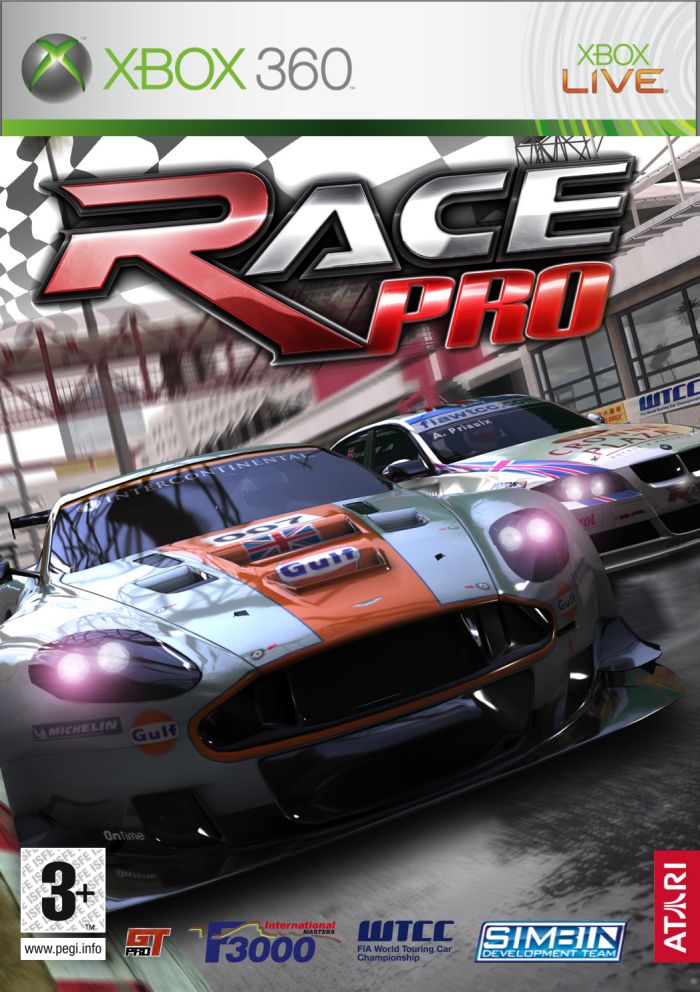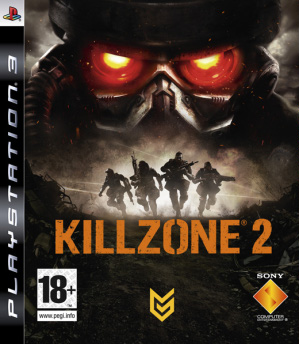 Wil McLellan is not exactly your average CEO. In fact, Stickmen Studios is not your average company either, it is in fact one of New Zealand’s few game development studios. Wil managed to take some precious time out of his day to sit down and chat about Stickmen Studios and New Zealand’s place in the global gaming industry.
Wil McLellan is not exactly your average CEO. In fact, Stickmen Studios is not your average company either, it is in fact one of New Zealand’s few game development studios. Wil managed to take some precious time out of his day to sit down and chat about Stickmen Studios and New Zealand’s place in the global gaming industry.Established in 2006 before opening their studio in Christchurch two years later Stickmen was formed after Wil and two friends decided, “Yeah we can probably make a game in our spare time”. After speaking to people in the industry they decided to formally establish the company and see where it would take them. What followed was years of tireless research that consumed many evenings and weekends. “And then the real hard work started”. Eighty and one hundred hour weeks became the norm as they experienced just how much of a challenge the gaming industry is. What was once a hobby now became his life.
Wil and his team gained experience by working with partner companies to create Flash and iPhone games. Working with kiwi-games portal company Cerebral Fix, two games for the iPhone were produced: the retro Swarm and the family-orientated Love, Share, Nurture – both available for purchase. However, Stickmen’s big projects-focus on the home console developing titles for WiiWare and, as of June this year, the PlayStation Network.
He explains that while Stickmen could have simply chosen to pursue franchised products with an already established audience it is simply not how the company operates, “Our real drive is to make original IP”. Despite opting for a business model with significant high risk Wil is confident in Stickmen’s ability to create high calibre games. By building titles from the ground up it allows for the emergence of innovative and exciting material, something which links into their goal to create breakthrough gaming. Take their soon-to-be-released WiiWare title ‘Dragon Master Spell Caster’ for example, a fully 3D titles to be made available for download on Nintendo’s console – by no means a small feat for a first-time project. Wil is particularly proud of the dragon-fighting gameplay because in a lot of games missiles and magic rarely, if ever, make contact mid-air, “We really liked the idea that when magic collides it does something magical”. So what would happen if, say, a fireball collided with an ice-based attack? Steam of course. And what about an earth versus lightning magic? You’ll just have to find out when the game is released. As their first complete project Wil admits that Dragon Master will provide Stickmen a significant learning curve “You’ve just got to learn how it’s done first time round and that always takes time”. And it’s from these lessons, he predicts, that Stickmen will grow as a company and learn to create subsequent games with greater efficiency and quality.

Speaking of which, Dragon Master is not their only project in the works: two additional WiiWare titles codenamed ‘Project I’ and ‘Project F’ are also in development. While admitting that he cannot reveal anything significant about these games, a quick gander at their website reveals a few details. ‘Project I’ appears to be a side-scrolling puzzle-adventure featuring cute cartoon-style graphics while ‘Project F’ hints at an addictive fantasy-based experience. While remaining very tight-lipped on these projects the head-honcho of Stickmen promises that both are original IPs that again contribute towards their breakthrough gaming mantra in their own unique ways. Stickmen, Wil enthuses, does not want to be held down to a single genre of gaming, claiming that the studio does not want to follow the herd. This is clearly evident in the range of projects thus far: Dragon Master is a 3D dragon flying game, while ‘Project I’ and ‘Project F’ are respectively puzzle-adventure and “strategically-based”. However, Wil teases, there is yet another project in the works that may be released before ‘Project F’. While remaining very quiet on any details he promises that this mystery project continues to carry on a “very different look and feel” to their other products, promising only that further information will be revealed come-November.
“We don’t want to be predictable”, Wil says, and tells me that he is particularly proud of Stickmen because the team are not part of a machine per se. In a writing meeting, for example, everyone gets to put their ten cents in, resulting in a team unified by something that is their shared creation: “I don’t know if it’s unique, but it’s certainly a very enjoyable way to work”.
With so many projects on the go and such an inviting space for employees to stretch their creative muscle, one would think that game development would be a popular career in New Zealand – a nation that prides itself on innovation. Unfortunately this is not the case. Wil points out that countries like Scotland and Canada, who respectively employ 11,000 and 14,000 people in the industry, earn their economies billions of dollars. While New Zealand’s few hundred game industry folk bring in a just a few million per year. A pretty embarrassing statistic, Wil laments, undoubtedly not helped by the lack of opportunities available to those wanting to get into the industry itself despite having the right qualifications. Those who miss out on the very limited positions in NZ’s gaming industry end up working for corporate IT or, as was the case of one of Stickmen’s developers, getting qualified then stacking shelves whilst trying to get into gaming. And then of course there’s the ever-occurring brain-drain: the exodus of talented and qualified kiwis overseas to pursue careers that are simply not available in their own country.
What is New Zealand doing to prevent this loss of talent? Aside from companies like Stickmen and Wellington’s Sidhe Interactive doing whatever they can, it seems very little. While very grateful to the support provided by WINZ (Work & Income New Zealand) and FRST (The Foundation of Science, Research and Technology), Wil still believes the central government could do more. “What I would like to see is some more government support for the industry” Wil declares, just like the recent support and subsequent rise of New Zealand’s movie industry. He holds a lot of respect for the Kiwi movie-makers who have proved that New Zealand is a great place to make films, but now he wants to prove that this is the case with our gaming industry. Pointing to the success of Shatter, Sidhe’s critically acclaimed downloadable game on the PlayStation Network, Wil claims that this is proof that New Zealand is more than capable of making great games.
So what could the government be doing to support our gaming industry? By providing a small investment and a few incentives similar to those offered by other countries, Wil predicts we could see an exciting growth similar to that of our movie industry. In fact, New Zealand game development has the potential to become as powerful, if not more so, than our world renowned movie industry. The explosion of gaming’s popularity thanks to the emergence of casual gaming in recent years has led to some statistics putting the industry growth rate at twice that of television and movies – proving that gaming is no longer a restricted medium. While joking that 95% of statistics are made-up, Wil still points out that the while the film and television grows at 5% per year, gaming rockets along at a whopping 10.5% a year – thus proving that it is no longer a restricted medium and the perfect place for investment.
So where to now for the New Zealand game industry? Will our government answer the phone and provide support to some of our most creative minds fighting to prove New Zealand’s place in the global industry? Or will companies like Stickmen continue to prove themselves through tireless innovation just as they have been doing so since they established themselves as one of the country’s very few game development studios? As more titles are released and announced it is plain to see that so long as Stickmen keep to their goal of delivering breakthrough gaming, New Zealand is sure to increasingly feature on the world stage. And who knows maybe in a few years we will proudly be seeing a kiwi presence at the E3 Expo in LA.















